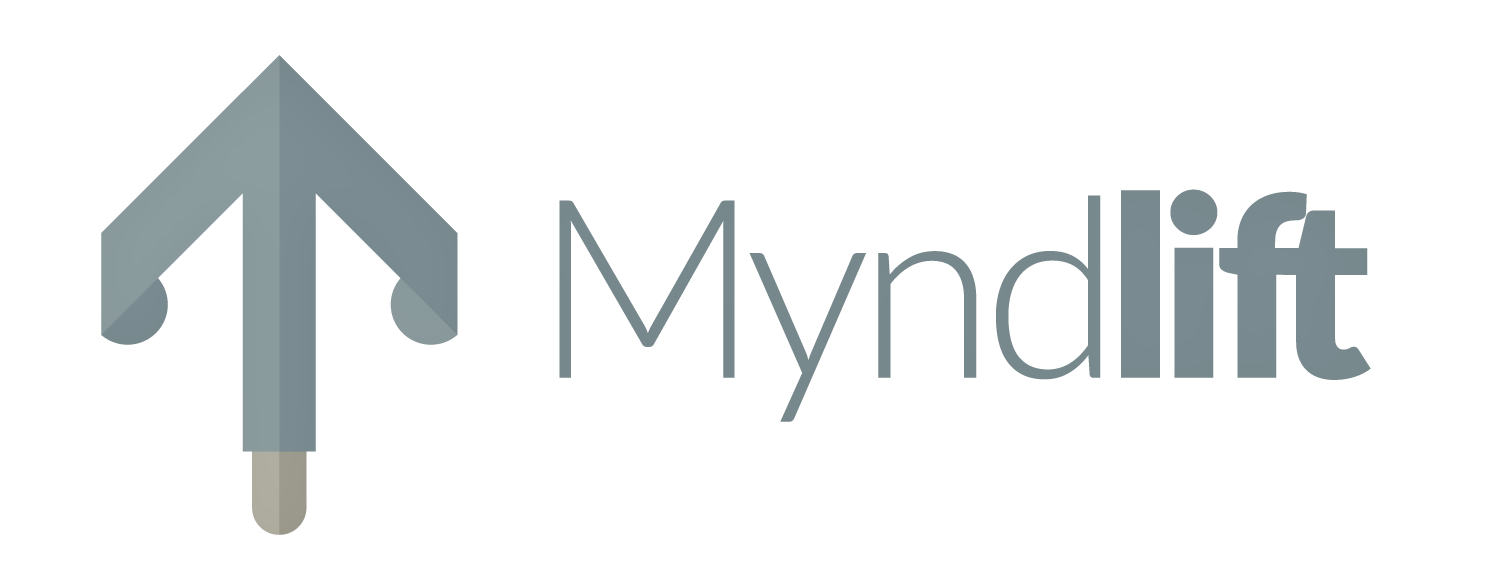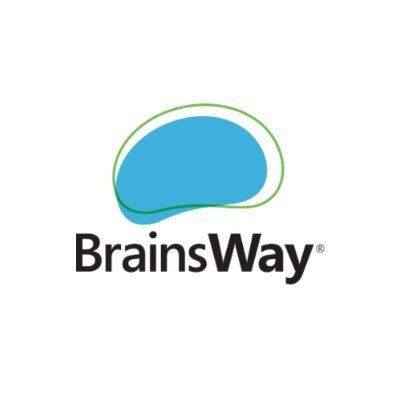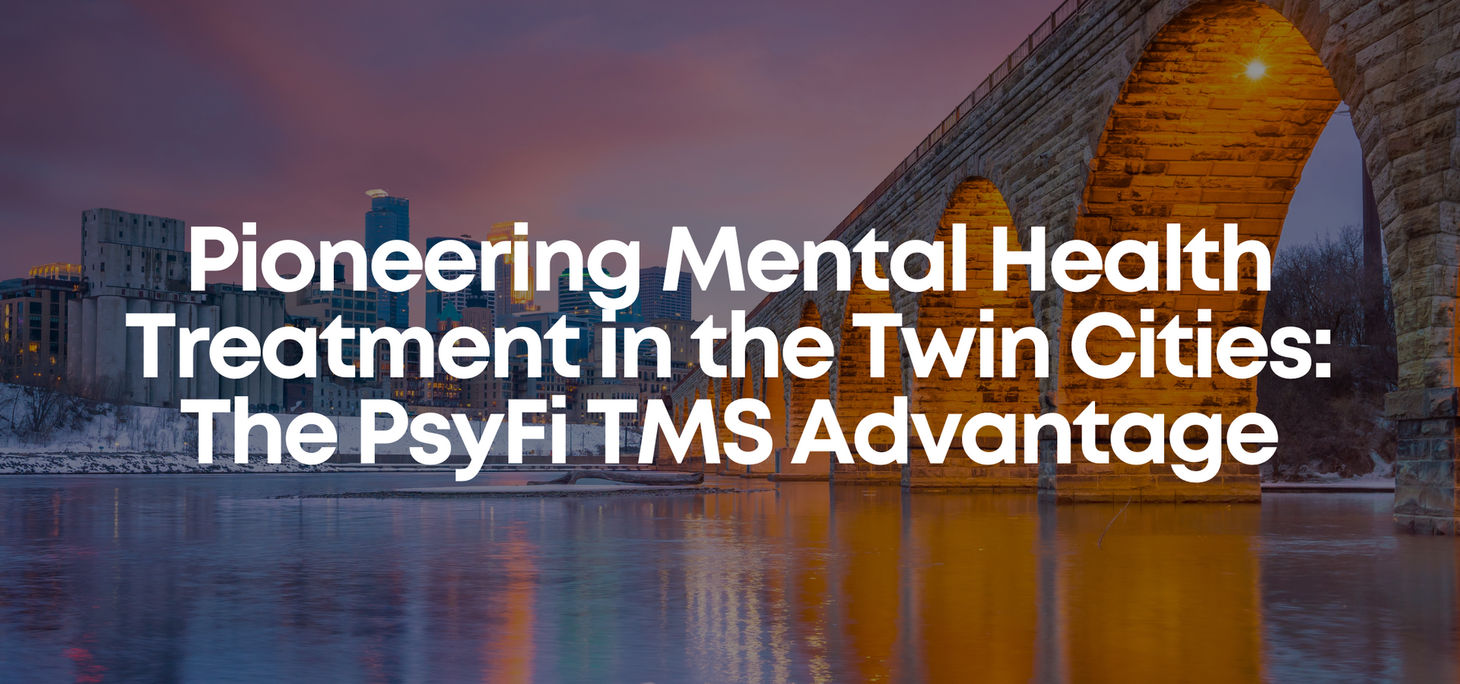
Slide title
Write your caption hereButton
Slide title
Write your caption hereButton
Slide title
Write your caption hereButton

Slide title
Write your caption hereButton
Slide title
Write your caption hereButton
Slide title
Write your caption hereButton

Slide title
Write your caption hereButton
Slide title
Write your caption hereButton
Slide title
Write your caption hereButton
Your Path to Mental Well-being Starts Here
Personalized Care Just For You
At PsyFi TMS, we're all about you. We dive deep to provide accurate diagnoses and individualized treatment plans, because your mental health journey is unlike anyone else's.
Cutting-Edge Treatments
Discover innovative solutions designed to truly make a difference. From advanced medication management and convenient virtual check-ins to revolutionary Transcranial Magnetic Stimulation (TMS) and Alpha-Stim therapy, we use precise pharmacogenomic testing to tailor your care.
Award-Winning & Collaborative
We're proud to deliver award-winning mental health care. Our team works with you, not just for you, ensuring you're at the very center of your recovery journey in a supportive, comfortable environment.
Effortless Convenience
Say goodbye to pharmacy hassles! Our on-site Genoa Healthcare means same-day medication dispensing and even free delivery right to your door throughout Minnesota. Your well-being just got easier.
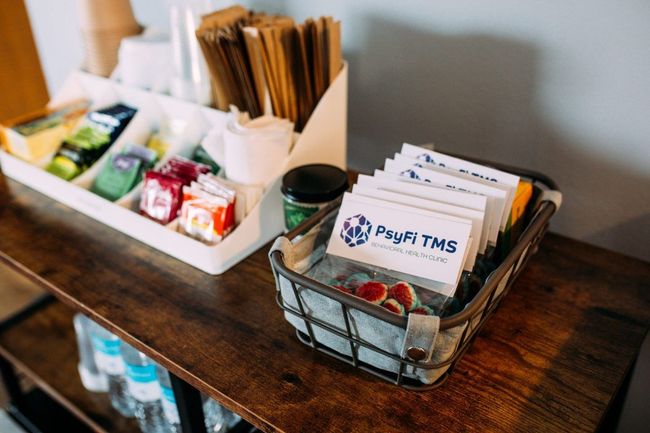

Located next door in Suite 650, come meet our pharmacy team! Not only are they able to dispense your medications same day as your appointment, but can also assist with any questions regarding medication approval from insurance!
Genoa provides free medication delivery services throughout the state of MN. Whether coming in our office to pick up your medication or have it delivered to your home, Genoa Healthcare avoids long wait times and any potential lapse in treatment care.
Call Genoa at: 952-656-0022 if you’d like to switch your medication today.
Personalized Care Just For You
At PsyFi TMS, we're all about you. We dive deep to provide accurate diagnoses and individualized treatment plans, because your mental health journey is unlike anyone else's.
Cutting-Edge Treatments
Discover innovative solutions designed to truly make a difference. From advanced medication management and convenient virtual check-ins to revolutionary Transcranial Magnetic Stimulation (TMS) and Alpha-Stim therapy, we use precise pharmacogenomic testing to tailor your care.
Award-Winning & Collaborative
We're proud to deliver award-winning mental health care. Our team works with you, not just for you, ensuring you're at the very center of your recovery journey in a supportive, comfortable environment.
Effortless Convenience
Say goodbye to pharmacy hassles! Our on-site Genoa Healthcare means same-day medication dispensing and even free delivery right to your door throughout Minnesota. Your well-being just got easier.
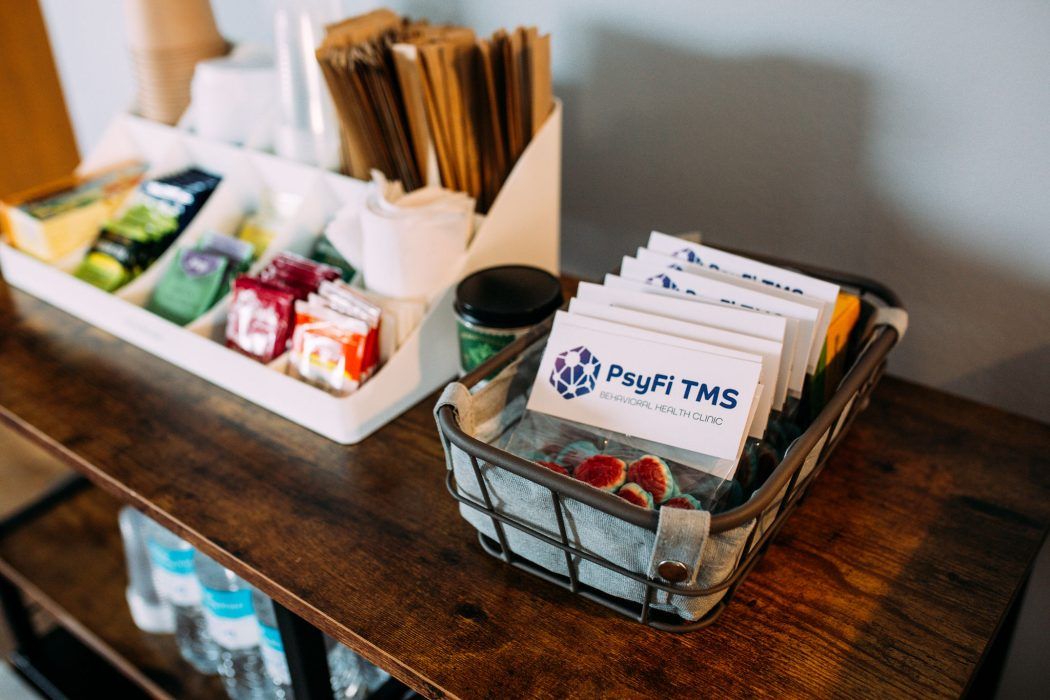

Located next door in Suite 650, come meet our pharmacy team! Not only are they able to dispense your medications same day as your appointment, but can also assist with any questions regarding medication approval from insurance!
Genoa provides free medication delivery services throughout the state of MN. Whether coming in our office to pick up your medication or have it delivered to your home, Genoa Healthcare avoids long wait times and any potential lapse in treatment care.
Call Genoa at: 952-656-0022 if you’d like to switch your medication today.
Personalized Care Just For You
At PsyFi TMS, we're all about you. We dive deep to provide accurate diagnoses and individualized treatment plans, because your mental health journey is unlike anyone else's.
Cutting-Edge Treatments
Discover innovative solutions designed to truly make a difference. From advanced medication management and convenient virtual check-ins to revolutionary Transcranial Magnetic Stimulation (TMS) and Alpha-Stim therapy, we use precise pharmacogenomic testing to tailor your care.
Award-Winning & Collaborative
We're proud to deliver award-winning mental health care. Our team works with you, not just for you, ensuring you're at the very center of your recovery journey in a supportive, comfortable environment.
Effortless Convenience
Say goodbye to pharmacy hassles! Our on-site Genoa Healthcare means same-day medication dispensing and even free delivery right to your door throughout Minnesota. Your well-being just got easier.


Located next door in Suite 650, come meet our pharmacy team! Not only are they able to dispense your medications same day as your appointment, but can also assist with any questions regarding medication approval from insurance!
Genoa provides free medication delivery services throughout the state of MN. Whether coming in our office to pick up your medication or have it delivered to your home, Genoa Healthcare avoids long wait times and any potential lapse in treatment care.
Call Genoa at: 952-656-0022 if you’d like to switch your medication today.
Those We Care
For Have
You are not alone, and you don’t have to suffer from old-school medication side effects. Our patients enjoy getting back to work, having a rejuvenated love life, parenting with spirit again, love from emotional support animals, and so much more.
Depression
Anxiety
OCD
Schizophrenia
Tardive Dyskinesia
Bipolar
PTSD
Personality Disorders
Autism
Eating Disorders
Sleep-Wake Disorders
Those We Care For Have
You are not alone, and you don’t have to suffer from old-school medication side effects. Our patients enjoy getting back to work, having a rejuvenated love life, parenting with spirit again, love from emotional support animals, and so much more.
Depression
Anxiety
OCD
Schizophrenia
Tardive Dyskinesia
Bipolar
PTSD
Personality Disorders
Autism
Eating Disorders
Sleep-Wake Disorders
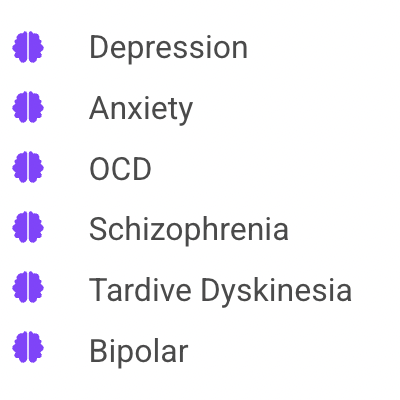
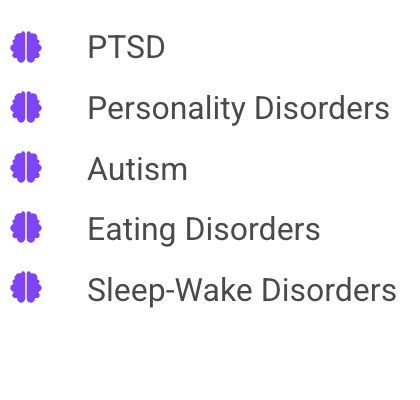
Those We Care
For Have
You are not alone, and you don’t have to suffer from old-school medication side effects. Our patients enjoy getting back to work, having a rejuvenated love life, parenting with spirit again, love from emotional support animals, and so much more.
Depression
Anxiety
OCD
Schizophrenia
Tardive Dyskinesia
Bipolar
PTSD
Personality Disorders
Autism
Eating Disorders
Sleep-Wake Disorders


What Our Clients Say
Don’t just take it from us, take it from our reviews!









Our Services
Explore our specialized mental health services tailored to your unique needs.
Transcranial Magnetic Stimulation (TMS)
A non-invasive treatment offering hope for conditions like depression, anxiety, OCD, and addiction by targeting specific brain areas.
ADHD Testing
Comprehensive assessments for individuals aged 6 to 65 seeking an ADHD evaluation, providing clarity for effective treatment.
Psychiatry & Medication Management
Our expert team provides thoughtful medication management and personalized therapy sessions for comprehensive mental health care.
Transcranial Magnetic Stimulation (TMS)
A non-invasive treatment offering hope for conditions like depression, anxiety, OCD, and addiction by targeting specific brain areas.
ADHD Testing
Comprehensive assessments for individuals aged 6 to 65 seeking an ADHD evaluation, providing clarity for effective treatment.
Psychiatry & Medication Management
Our expert team provides thoughtful medication management and personalized therapy sessions for comprehensive mental health care.
Transcranial Magnetic Stimulation (TMS)
A non-invasive treatment offering hope for conditions like depression, anxiety, OCD, and addiction by targeting specific brain areas.
ADHD Testing
Comprehensive assessments for individuals aged 6 to 65 seeking an ADHD evaluation, providing clarity for effective treatment.
Psychiatry & Medication Management
Our expert team provides thoughtful medication management and personalized therapy sessions for comprehensive mental health care.
Holistic Options
Achieve balanced mental wellness with our holistic options, from natural approaches to supportive therapies like Alpha-Stim.
Pharmacogenomic Testing
Personalize your care with Pharmacogenomic Testing, using your genes to guide precise and effective medication choices.
Holistic Options
Discover our whole-person approach to mental health, offering natural and integrative solutions for your complete well-being.
Pharmacogenomic Testing
Personalize your care with Pharmacogenomic Testing, using your genes to guide precise and effective medication choices.
Holistic Options
Achieve balanced mental wellness with our holistic options, from natural approaches to supportive therapies like Alpha-Stim.
Pharmacogenomic Testing
Personalize your care with Pharmacogenomic Testing, using your genes to guide precise and effective medication choices.
20 +
Years Of Experience
8,450 +
Happy Patients
2,550 +
Telehealth Appointments
Your Convenience, Our Hours
Our friendly team is available during the hours listed to help you with scheduling and questions.
- Mon - Thu
- -
- Friday
- -
- Sat - Sun
- Closed
Your Convenience, Our Hours
Our friendly team is available during the hours listed to help you with scheduling and questions.
- Mon - Thu
- -
- Friday
- -
- Sat - Sun
- Closed

